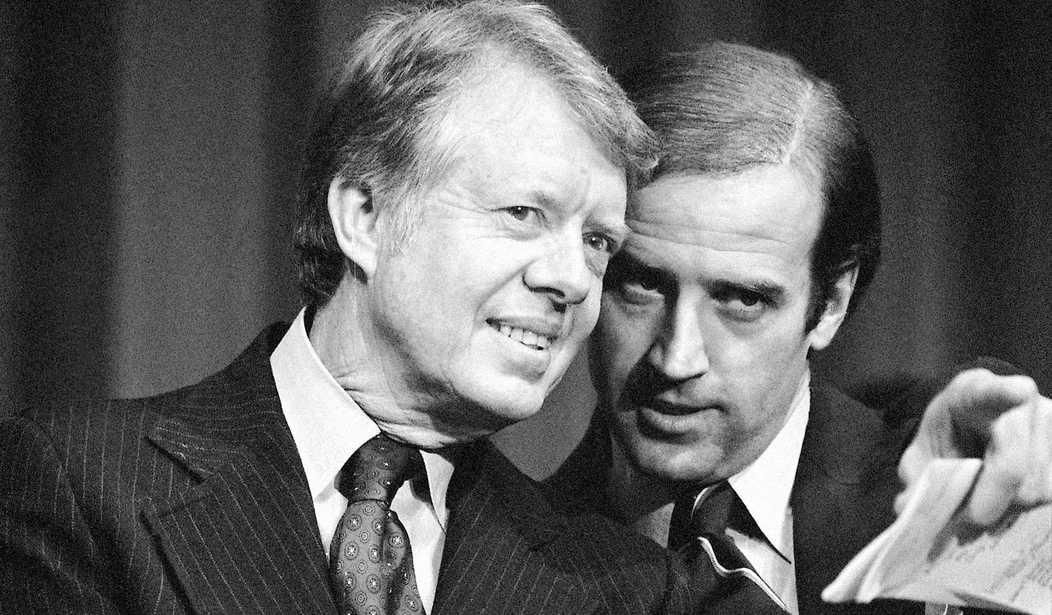At least the Biden administration performs consistently on the economy. Consistently bad, especially for lower-income workers, who keep watching their buying power evaporate. A new report on a key inflation index also shows inflation raging at a 40-year high.
CNBC’s Jeff Cox buries the lede a bit here:
A measure that the Federal Reserve focuses on to gauge inflation rose at a robust pace in March, likely cementing the central bank’s intention to raise interest rates by half a percentage in May.
The core personal consumption expenditures price index, which measures costs that consumers pay across a wide swath of items and accounts for how behavior changes in response to market dynamics, increased 5.2% from a year ago, according to the Bureau of Economic Analysis.
That was slightly below the 5.3% reading in February, which was the highest reading since April 1983.
Yes, except consumers don’t experience “core” inflation. They experience “full” inflation, and that’s running away at a higher pace:
Including volatile food and energy prices, the PCE index accelerated by 6.6%, the fastest pace since January 1982. Headline inflation was up 0.9% from February, much faster than the previous 0.5% increase.
What do consumers buy most? Food and energy. Economists like to exclude those categories from their long-term calculations because of their volatility, but for most American households, those categories are key to their budgets and family economies. That is why real disposable income took a big dip in March, an impact that will erode consumer spending if inflation continues to sap buying power:
Real disposable personal income, or the amount of income after taxes and adjusted for inflation, declined 0.4% in March after increasing 0.1% in February.
That leaves the Fed in a bind over inflation, as I mentioned yesterday. They have already signaled a 0.5% increase (or 50 basis points, if you will) to their interest rate, but the Q1 contraction of -1.4% annualized GDP will have them worried about recession as well as inflation. That report showed that the setback mainly came from a massive trade imbalance in the first quarter, but (a) that may continue into this quarter too, and (b) business investment slacked off a lot while still growing slightly over the previous quarter. If they hit the brakes too hard, the Fed could produce a technical recession, and China’s expanding lockdowns means that supply chains could amplify whatever impact the Fed’s upcoming actions will have.
On the other hand, too little action will not tame inflation either. We could end up in the worst of both worlds — stagflation, where growth subsides but a wage-price spiral continues. We arguably could already be there, but even if we haven’t, we’re clearly on that path. For lower-income consumers who have lost buying power to a point where it impacts their ability to put food on the table, it may already feel like a recession, technical or not.







Join the conversation as a VIP Member